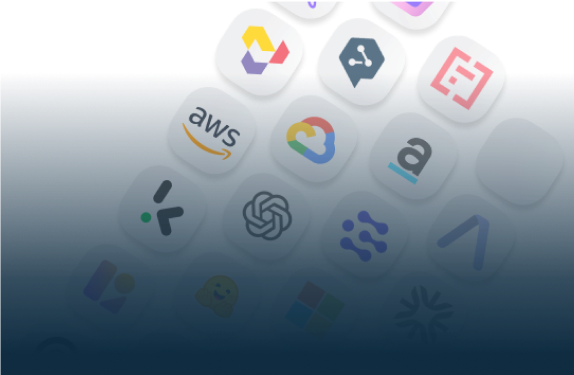
Start Your AI Journey Today
- Access 100+ AI APIs in a single platform.
- Compare and deploy AI models effortlessly.
- Pay-as-you-go with no upfront fees.
Not sure whether to choose LLaMA 3.1 or 3.2-Vision? Compare LLaMA 3.1 for text tasks and LLaMA 3.2 for multimodal capabilities to find the best fit for your needs!

As AI rapidly evolves, choosing the right model is crucial for project success. Meta offers two powerful options: LLaMA 3.1 for natural language processing (NLP) and LLaMA 3.2 for multimodal tasks like image reasoning.
LLaMA 3.1 excels in NLP tasks like text generation and translation, while LLaMA 3.2 adds a vision adapter for image and text processing, making it ideal for multimodal analysis.
This article compares LLaMA 3.1 and LLaMA 3.2, covering specs, performance, and applications to help you choose the right model for your needs.
Sources:
Llama 3.1 Model Card: https://github.com/meta-llama/llama-models/blob/main/models/llama3_1/MODEL_CARD.md
Llama 3.2 Model Card: https://github.com/meta-llama/llama-models/blob/main/models/llama3_2/MODEL_CARD_VISION.md
To evaluate the performance of Llama 3.1 and Llama 3.2, we conducted a comparison of their results across a range of widely recognized and standardized benchmarks.
Sources:
LLaMA 3.1 and 3.2 have similar benchmarks because LLaMA 3.2 is built on the same core architecture as LLaMA 3.1. The key difference is the addition of a vision adapter in LLaMA 3.2 for multimodal tasks, which improves performance in image-related tasks, while text-based tasks show similar results for both models.
Eden AI offers a unified platform that allows seamless integration for various models into their workflows with a single API, eliminating the need for multiple keys and integrations. Engineering and product teams can access hundreds of AI models, manage them via an intuitive user interface, and use a Python SDK to connect custom data sources effortlessly. Eden AI ensures reliability with advanced performance tracking and monitoring tools, helping developers maintain quality and efficiency in their projects.
With a developer-friendly pricing model, teams only pay for the API calls they make at the same rates as their chosen AI providers—no subscriptions or hidden fees. Eden AI operates on a supplier-side margin, ensuring transparent pricing without API call limits, whether it's 10 calls or 10 million.
Designed with a developer-first approach, Eden AI emphasizes usability, flexibility, and reliability, allowing engineering teams to focus on creating impactful AI solutions.
Python request example for chat with Eden AI API:
In conclusion, both LLaMA 3.1 and LLaMA 3.2 are powerful models, each suited for different tasks. LLaMA 3.1 provides a strong foundation for traditional natural language processing tasks such as text generation, translation, and summarization. Its optimized transformer architecture ensures efficiency and scalability for text-only applications.
LLaMA 3.2, however, builds on LLaMA 3.1 by adding multimodal capabilities through a vision adapter. This allows LLaMA 3.2 to process and understand both text and images, making it ideal for tasks like image captioning, visual question answering, and other multimodal applications. The vision adapter integrates image data into the language model via cross-attention layers, enhancing its versatility.
Ultimately, the choice between LLaMA 3.1 and LLaMA 3.2 depends on your specific needs. If your work focuses on text-based tasks, LLaMA 3.1 is a reliable, efficient choice. However, if you need multimodal capabilities for image and text processing, LLaMA 3.2 offers an advanced solution. Both models are fine-tuned to ensure helpfulness and safety, making them valuable tools for a wide range of AI applications.


You can directly start building now. If you have any questions, feel free to chat with us!
Get startedContact sales